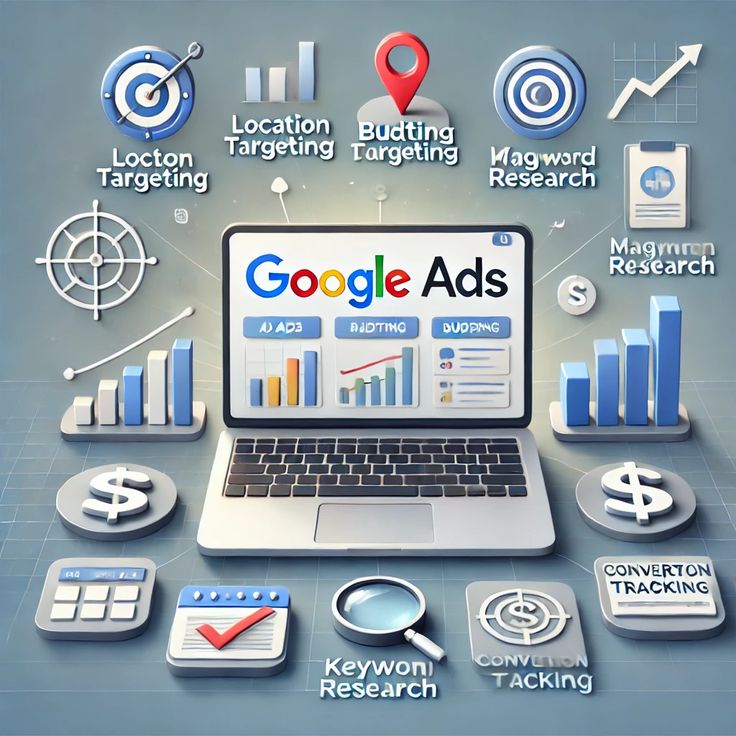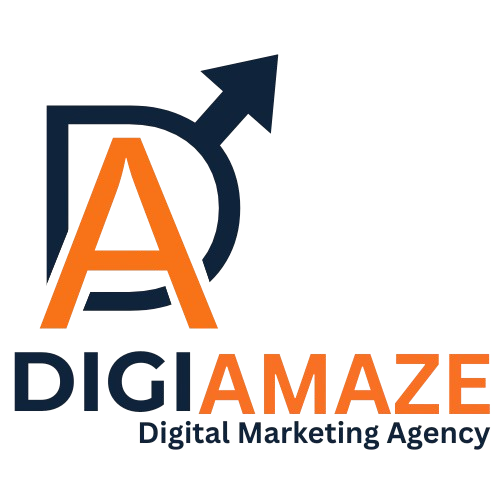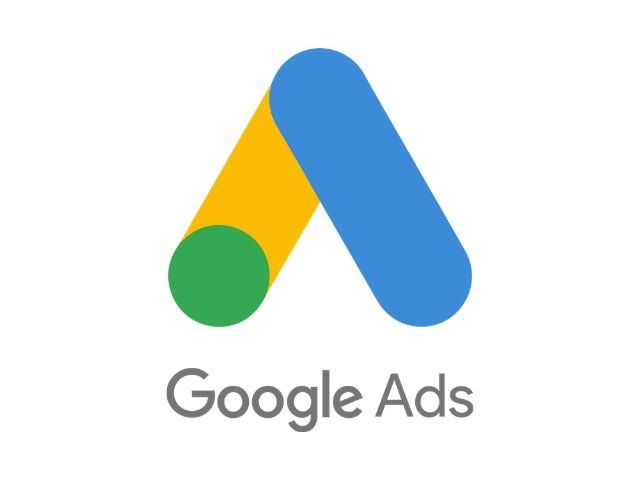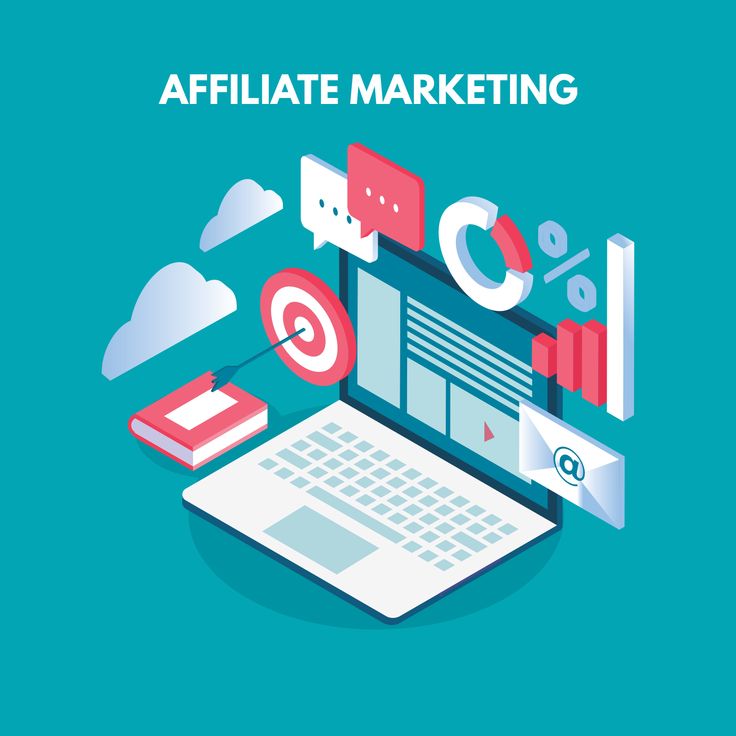Running Google Ads can seem overwhelming at first — keywords, bidding, campaigns, CPC, CTR… there’s a lot to unpack! But if you’re a beginner in 2025 looking to drive traffic, leads, or sales, learning how to run Google Ads is a powerful skill that can scale your online presence fast.
Whether you’re a small business owner, freelancer, or marketer, this blog will break down how to advertise with Google Ads in a simple, step-by-step guide. You’ll learn everything from account setup to launching your first ad campaign — all explained in beginner-friendly language.

Why You Should Advertise with Google Ads in 2025
Google Ads gives you instant access to billions of potential customers through:
- Search Ads: Appear when users search for keywords you choose
- Display Ads: Show your ads across millions of websites
- Video Ads: Run video promotions on YouTube
- Shopping Ads: Perfect for e-commerce stores
By running a targeted Google AdWords campaign, you only pay when someone clicks (PPC), giving you full control over budget and audience.
Step-by-Step Guide: How to Run Google Ads for Beginners
Step 1: Create a Google Ads Account
- Go to ads.google.com and sign in with your Gmail account
- Click on “Start Now” and follow the on-screen instructions
- Choose “Switch to Expert Mode” if you want full control
Step 2: Set Your Campaign Goal
Choose what you want to achieve with your ad:
- Website traffic
- Sales
- Leads
- Brand awareness
- App promotion
This helps Google guide your campaign settings.
Step 3: Choose Your Campaign Type
Popular campaign types in 2025 include:
- Search – Appear on Google search results
- Display – Visual banners on partner websites
- Video – Ads on YouTube
- Performance Max – AI-powered across all Google channels
Step 4: Select Your Target Audience
You can target:
- Specific locations (country, state, city, radius)
- Languages
- Devices
- Custom demographics (age, gender, income)
This is where sponsored Google Ads get their power — personalized targeting.
Step 5: Choose Keywords
Google will suggest keywords based on your website or product. You can also use:
- Google Keyword Planner
- Ubersuggest or Ahrefs
Start with 10–15 focused keywords related to your product or service. Use both short-tail and long-tail keywords.
Step 6: Write Compelling Ads
Each ad contains:
- Headline (up to 3 parts, 30 characters each)
- Description (up to 2 parts, 90 characters each)
- Final URL (landing page)
Tips:
- Highlight benefits
- Include keywords in headlines
Use strong CTAs (Buy Now, Get a Quote, Book Free Demo)
Step 7: Set Budget and Bidding
- Set your daily or monthly budget
- Choose a bidding strategy like:
- Maximize clicks
- Target CPA (Cost Per Acquisition)
- Manual CPC (for more control)
- Maximize clicks
Step 8: Review and Launch
Double-check your:
- Ads copy
- Targeting
- Budget
- Keywords
Then hit “Publish” — your Google AdWords campaign is live!
Bonus: How to Optimize Google PPC Campaigns
After your campaign starts running:
- Monitor performance using Google Ads Dashboard
- Track conversions with Google Analytics
- Pause underperforming ads
- A/B test ad headlines and descriptions
- Add negative keywords to avoid wasted clicks
Google PPC campaigns work best when continuously optimized.
Conclusion
Knowing how to run Google Ads in 2025 can unlock major growth for your brand or business. It puts your message in front of the right people, at the right time, and lets you control how much you spend.
This beginner-friendly Google Ads tutorial is your first step. Start simple, test consistently, and scale smartly. Within weeks, you’ll begin seeing more traffic, leads, and results — all by mastering sponsored Google Ads.



